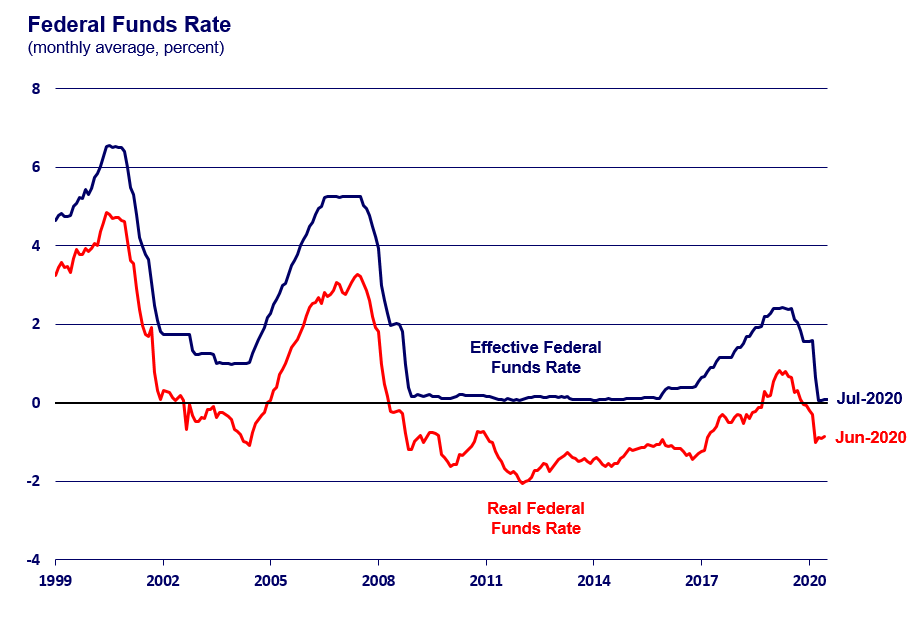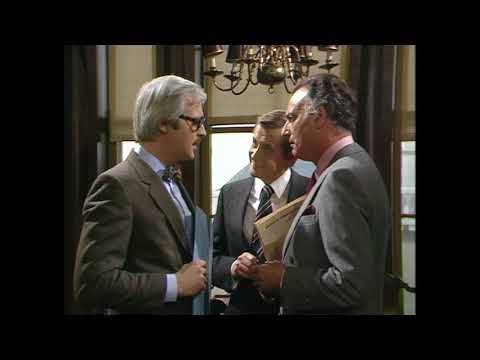there’s a widespread belief these days that the “independence of the Federal Reserve” is some sort of economic virtue. I do not subscribe to this view; such a powerful government agency should be under the direct control of elected leaders.
Since the Federal Reserve became “independent” of political control in the late 1970s, America has not coincidentally undergone a period of dramatic financialization. And that was intentional. Remember, Fed Chair Paul Volcker used to carry around a card of union wage rates, as a reminder that his goal in achieving low inflation was to break union power. The Federal Reserve is responsible in part or fully for the legalization of derivatives, the explosion of subprime lending during the 2000s, the great financial crisis, a trillion dollar transfer of wealth to big banks as interest rates increased, the institutionalization of crypto-currencies, the merger explosion of the early 2020s, and the failed regulation of Silicon Valley Bank, among other problems. It’s also a highly political institution, pushing free trade and defending large banks; in the 1990s, Fed officials secretly bailed out Mexico so as to protect Citibank and pass NAFTA.
At its heart, the Federal Reserve is a price-setting agency that chooses the interest rate for every bond and loan in America. It does it through regulatory choices, bank regulation, and the purchases of securities and credit instruments through a multi-trillion dollar portfolio. 'Today, the Fed is the seat of power for bank regulators, shrouded by a mystique that it is run by apolitical civil servants.
And yet, Fed independence, from from some immutable old rule of politics, is relatively new.
During the New Deal, from 1933-1951, the Fed was under the direct political control of the President. FDR picked the interest rate in the 1930s
It was only a weird deal in 1951, called the Fed-Treasury Accord, that allowed the Federal Reserve to begin exercising some independent judgment on monetary matters. But even the Fed-Treasury Accord didn’t create what we know of today as the “independence” of the Fed. From the 1950s until the late 1970s, the Fed was sort of in a mixed position, subject to political influence, but also with some discretion. Democrats of the long New Deal era from the 1930s to the 1970s scoffed at the very notion that the rate of lending was a technical subject beyond the reach of politics.
Over the years, I’ve written a number of articles on why the Fed needs to be restructured. Here are a few of them. We’ll start with who makes decisions. In 2020, I noted that every single board member of the central bank is a multi-millionaire.
Basically, the Federal Reserve promotes large banks who hoard lending capacity and don’t use it - and harms small ones and actual business
Here’s that piece: The Fed Took $3k From You and Gave it to Jamie Dimon
If elections are to matter, then the people we elect should get to make policy on these institutions, aka how we use money.
Do I think Trump would do a good job with this power? No, but that’s the wrong question. Do I think Fed leaders subjected to political control would do a better job than those insulated from it? Yes.
Elected leaders, at the end of the day, are more likely to listen to the public. That’s just not the case for ‘independent’ Federal Reserve officials, whose clients really are Wall Street banks.

